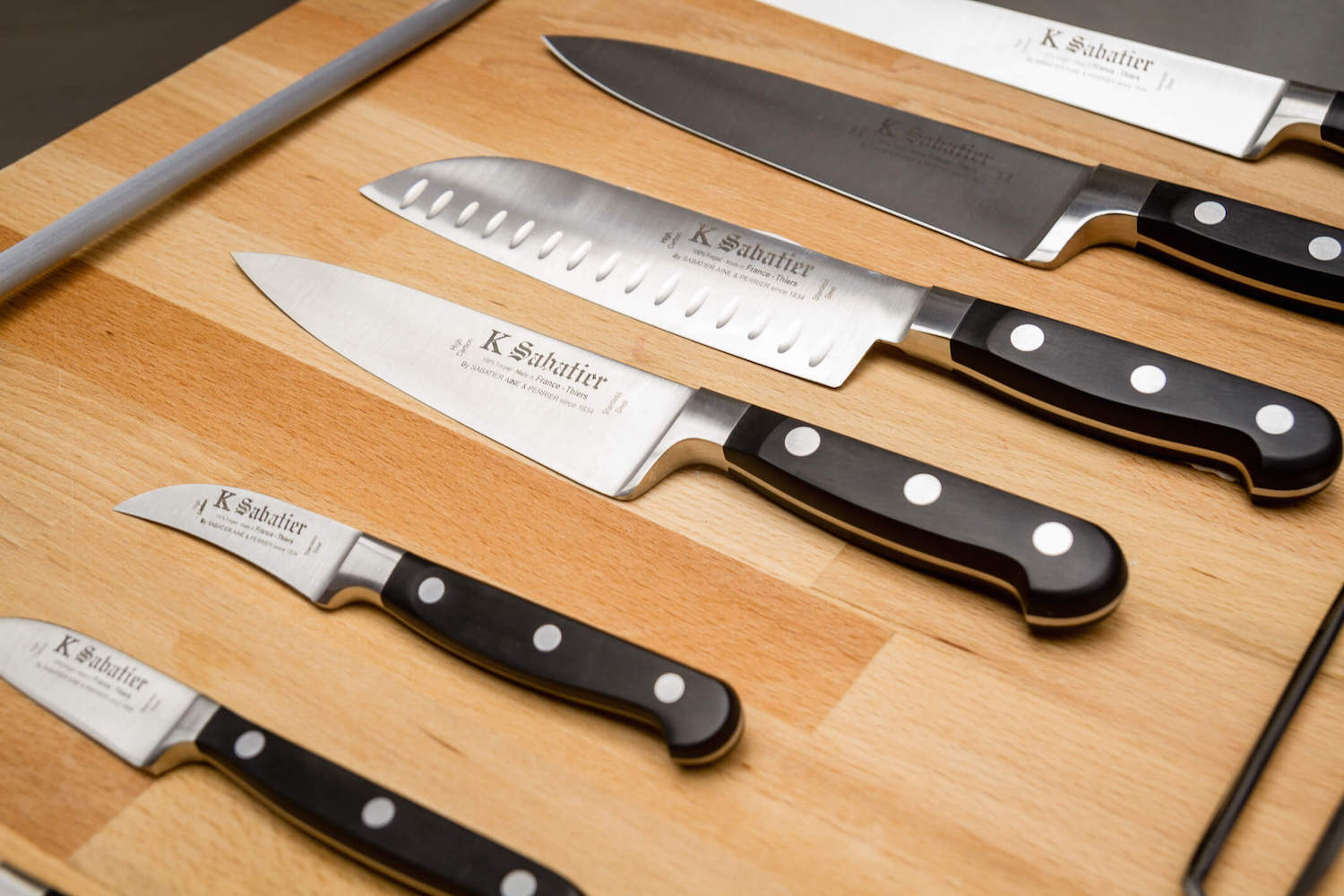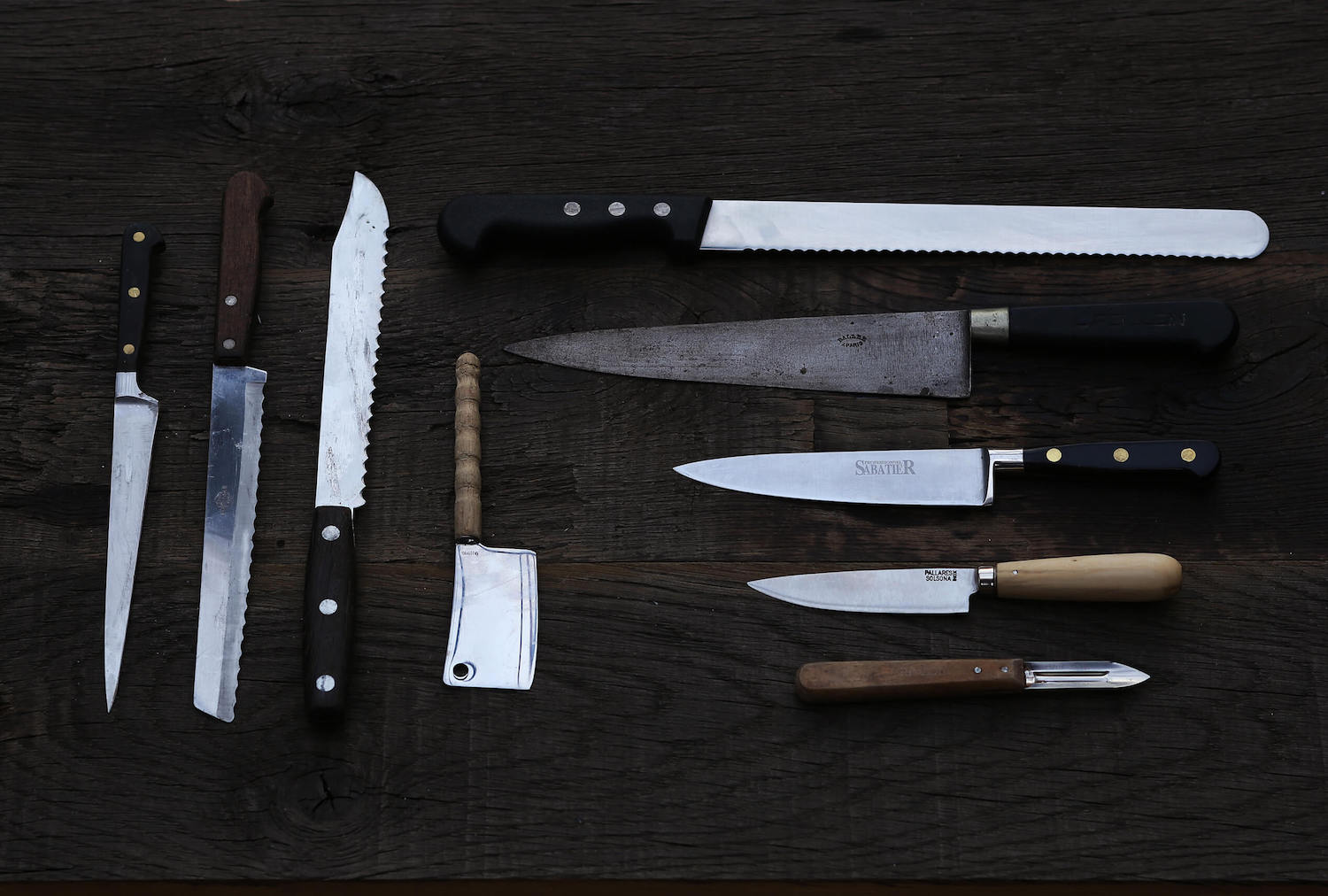You have no items in your shopping cart.
You don't know whick knife you need to buy for your or for a present.
Which knife do I use ?
In each range, we propose different kind of knives.
Ideal for cutting, peeling and preparing fruit and vegetables.
Being small it lets you work on food in detail to achieve a professional result.
Several uses :
- Cutting slices of thick meat
- Cutting vegetables and fruit
- Chopping and mincing aromatic herbs
the Oriental Knife : Wide-bladed knife with hollows
This knife can be used for slicing or chopping. Cut slices of meat, cut vegetables or fruit, chop and slice thinly. You can also use it to cut up poultry, or work with fish and shellfish.
The hollows form air pockets that stop the fish or meat flesh from sticking to the knife blade.
This knife is often used for oriental cuisine.
For cutting up meat or pouldry and thin-slicing fillets.

For cutting up meat or pouldry and thin-slicing fillets.
This knife is easy to use.
The knife for cutting thin slices of cured or cooked ham. The hollows (or Air Pockets) prevent the slices from sticking to the blade.
For cutting large fish into very thin slices, e.g. smoked salmon. The hollows (or Air Pockets) prevent the slices from sticking to the blade.
Boning game or a piece of meat is easy with this fine blade.
A long knife with a rigid, widely-serrated blade.
Great for slicing all types of bread, brioche and cakes.
It also does the job of removing the thick skin of certain vegetables or fruit like pineapples.
A kitchen knife that can be presented at the table to serve a piece of beef, for example.
Il is a powerful tool for cutting up large pieces of meat, rabbit, bones, or separating joints.
Great for fine cutting or slicing, without bruising tender or delicate fruit or vegetables, such as tomatoes, oranges, or lemons.
It can also be used as a small bread knife, e.g. for slicing baguettes.
For carving meat or poultry and thin-slicing meat. This item can be used when carving poultry at the table with a Bayonet or Curved fork.
OUR ADVICE : This items can be combined with a carving, kitchen or slicing knife.
Caution, the sharpening steel is manufactured using high-Carbon steel. Never leave it wet or put it into a dishwasher.


